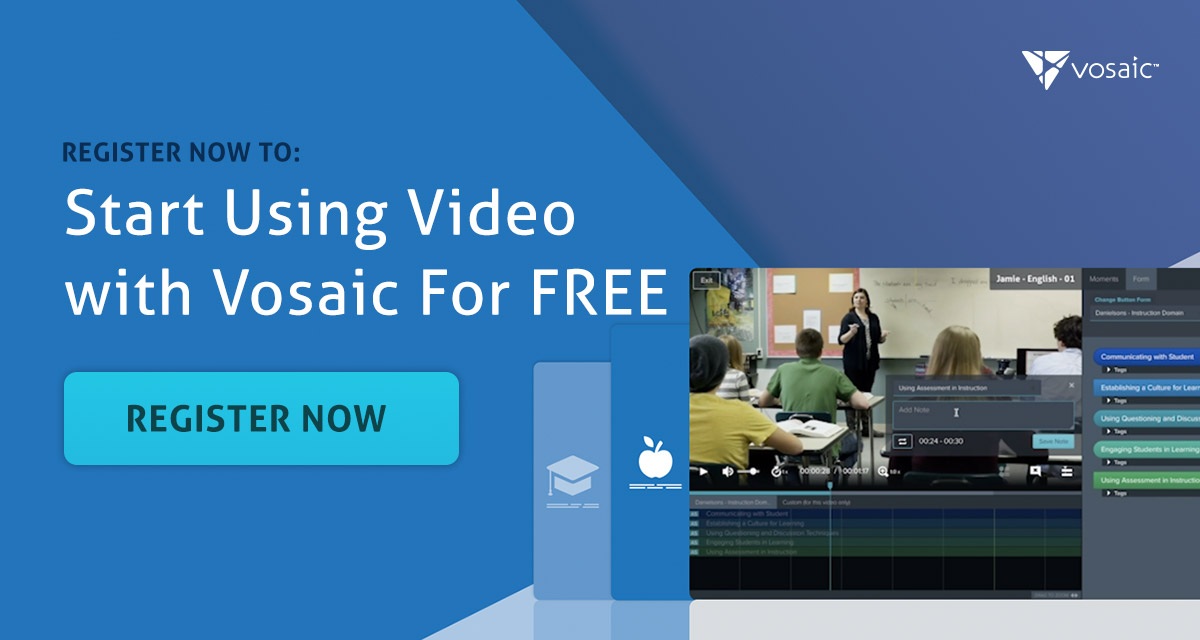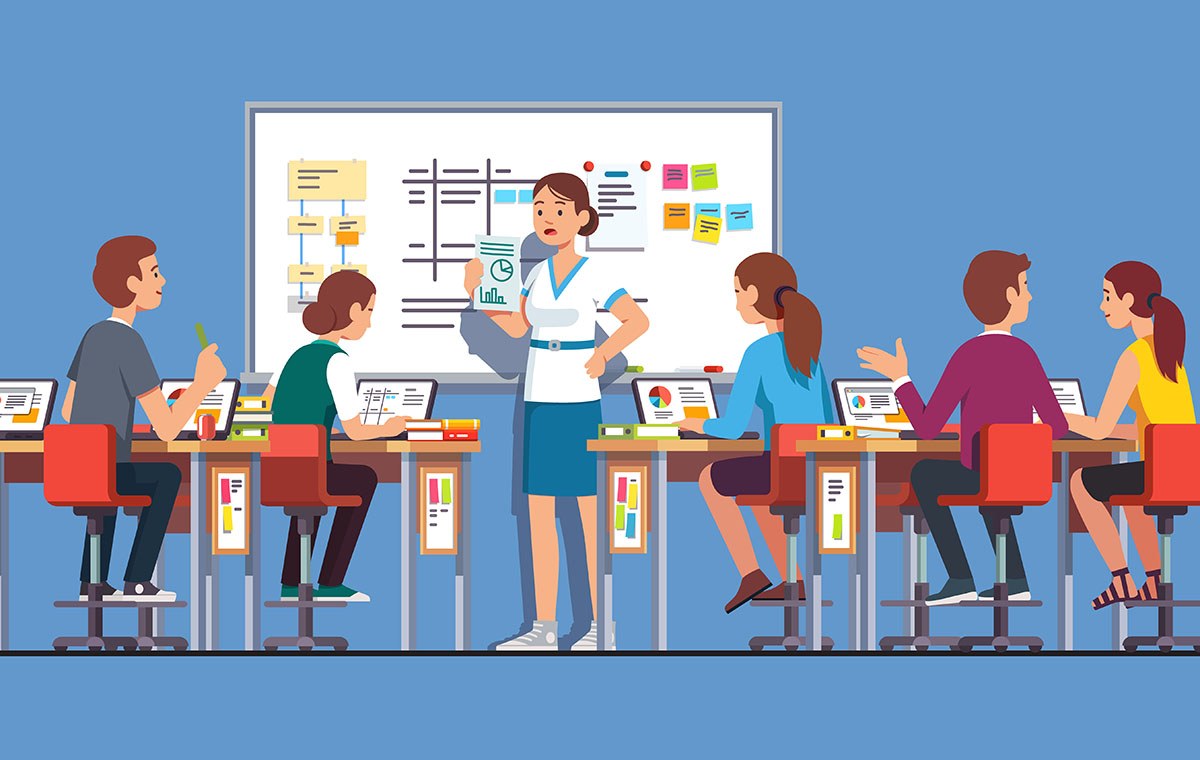Simulation-based medical education programs strive to offer the most effective learning opportunities for their learners based on up-to-date research. After all, the health and well-being of so many around the world depend on the future professionals that medical education programs produce.
The ultimate goal of simulations is to improve patient care and safety, and debriefing plays a critical role in creating the change needed to meet that goal. The purpose of debriefing is to increase learners’ knowledge base and the internalization of their simulation practice through reflection and discussion.
Two types of debriefs exist: video-assisted debriefs (VAD) and verbal debriefs (VD). When it comes to deciding between VAD and VD for recapping simulation experiences, it can be confusing to parse through the research and determine what makes the most sense for your unique program and learners.
You may have heard that video-assisted debriefing has several benefits over verbal debriefs, but that they also come with potential challenges such as information overload, time waste, cost, or the need for increased tech support. Explore what the literature has to say below.
Stay on Top of Important Discoveries
We read case studies and academic journals so you don’t have to. Sign up and we’ll send you the key takeaways.
Support For VAD
Video-assisted debriefing (VAD) is simply the inclusion of audio-visual review within medical simulation debriefs, while verbal debriefs (VD) use only verbal discussion between simulation facilitator and learner to recap and reflect on simulations.
Many independent studies conducted from 2002-2017 have been grouped into this meta-analysis to explore the overall trends in data concerning the effectiveness of VAD. The research clearly displays four overarching benefits of VAD.
Enhanced Experience and Attitude
How learners perceive their educational experiences is important! If learners regard their debriefing to be a waste of time, they won’t make an effort to internalize the information discussed, resulting in a low rate of actual knowledge accumulation. Thankfully, learners consistently self-report high satisfaction with their VAD experiences, and almost all perceive VAD as “very helpful for learning” and “an effective teaching modality in the curriculum.”
Learners who have had the opportunity to engage in VAD also feel more motivated to actively reflect and receive constructive criticism. Contrary to critics’ objections, learners’ confidence in their abilities improves after watching their recorded, successful performances, and they experience further increased confidence in their ability to handle medical emergencies.
Finally, learners cite being better able to resolve “unsettled feelings” from their simulation practice after VAD use. This feeling of “tying a bow” forges an overall positive outlook on debrief experiences.
Improved Simulation Performance
That’s right- skills can most definitely be improved using VAD. This idea is supported by the Situated Learning Theory, which explains that effective learning takes place within cycles of visualization, imitation, and hands-on experience.
In groups using VAD, learners’ technical skills improved superiorly to those groups using only VD. Specifically, learners using VAD were more likely to perform both vital signs and patient identification practices well, while executing more effective clinical performances at large. They also experienced quickened response times for actions such as checking pulse, initiating CPR, and even shortening resuscitation time.
In areas of non-technical skills, which are more difficult to measure, VAD learners,
Communicated markedly better
Improved task management
Experienced enhanced team functioning
Gained greater situation awareness
Refined decision making
Connection Between Theory and Practice
Deciphering the relationship between what’s been taught and how it manifests in the real world becomes simpler when using audio-visual aids in debrief. This is, firstly, because constructive feedback is easier and more accurate for facilitators to impart using VAD due to the clarity that video provides.
In fact, VAD learners have “better impressions of facilitators’ practices” compared to their VD counterparts, and perceive their facilitators as being more effective overall. Their positive perception of their facilitators encourages them to more fully absorb suggestions and draw connections between theoretical suggestions and tangible improvement.
In addition, learners reported finding more overall meaning in simulations when they were given the chance to review them using VAD.
Amplified Self-Awareness
Using video, learners are given an objective record of what happened during a simulation. They subsequently discover their own previously unknown behaviors or actions and have a chance to improve them. Because they don’t have to rely on faulty human memories, they’re provided with clarity instead of uncertainty.
Instead of being discouraging, studies show that reducing the dissonance between how learners think a simulation went and how it actually went increases their internal motivation to improve. When a perfectly accurate account of events lays before a learner, it stimulates self-reflection.
Three Objections to VAD
Information Overload and Time Waste
Is feeling overwhelmed with information a concern of VAD use? Take a deep breath, because studies suggest that nursing students experienced similar amounts of stress when using VAD as when they used VD, while at the same time significantly improving their debriefing experiences in total. Furthermore, engaging in VAD multiple times drastically reduced learners’ stress.
However, different learners have different needs. That’s why we suggest using a platform to reduce potential overwhelm. Vosaic’s VAD platform was specifically created to reduce information overload and time waste by allowing simulation facilitators to efficiently focus on specific video clips marked during the recording of the simulation. Using this method, you catch every important moment, while being able to trim all the excess that won’t propel your practice forward.
Learners report having “unfulfilled learning needs” using only verbal debriefs, due to the inability of VD to pinpoint specific events and behaviors. Video use doesn’t provide information overload. It provides the amount of information required to create effective learning.
Cost
Adding in another element to your simulations might feel exhausting from an equipment/cost standpoint. This is not an unfounded concern. Depending on your methods, it can be expensive. To reduce cost, Vosaic can be used with your existing audio/video hardware, a webcam, or even a mobile device. In addition, flexible pricing allows you to provide video access to all, but only pay for a few.
Whether you're conducting in-situ simulations or working in a lab with multiple rooms, often only a few people are responsible for recording simulations at any given time. Using Vosaic, you can easily switch which individuals are in “user roles,” and only pay for the number of users you need at any one time.
Read this to discover why institutions like Kaiser Permanente are using Vosaic to harness the power of video-assisted debriefs while reducing cost.
Increased Tech Support
Finally, the addition of another technical element can cause some stress. Using devices you are completely comfortable with is one strategy to eliminate that stress. Vosaic was built to remove technical anxiety by making the recording and reviewing process easy to use, and by being compatible with the hardware you’re comfortable with, including even mobile devices. Finally, we provide an excellent support team to answer any questions you may have.




